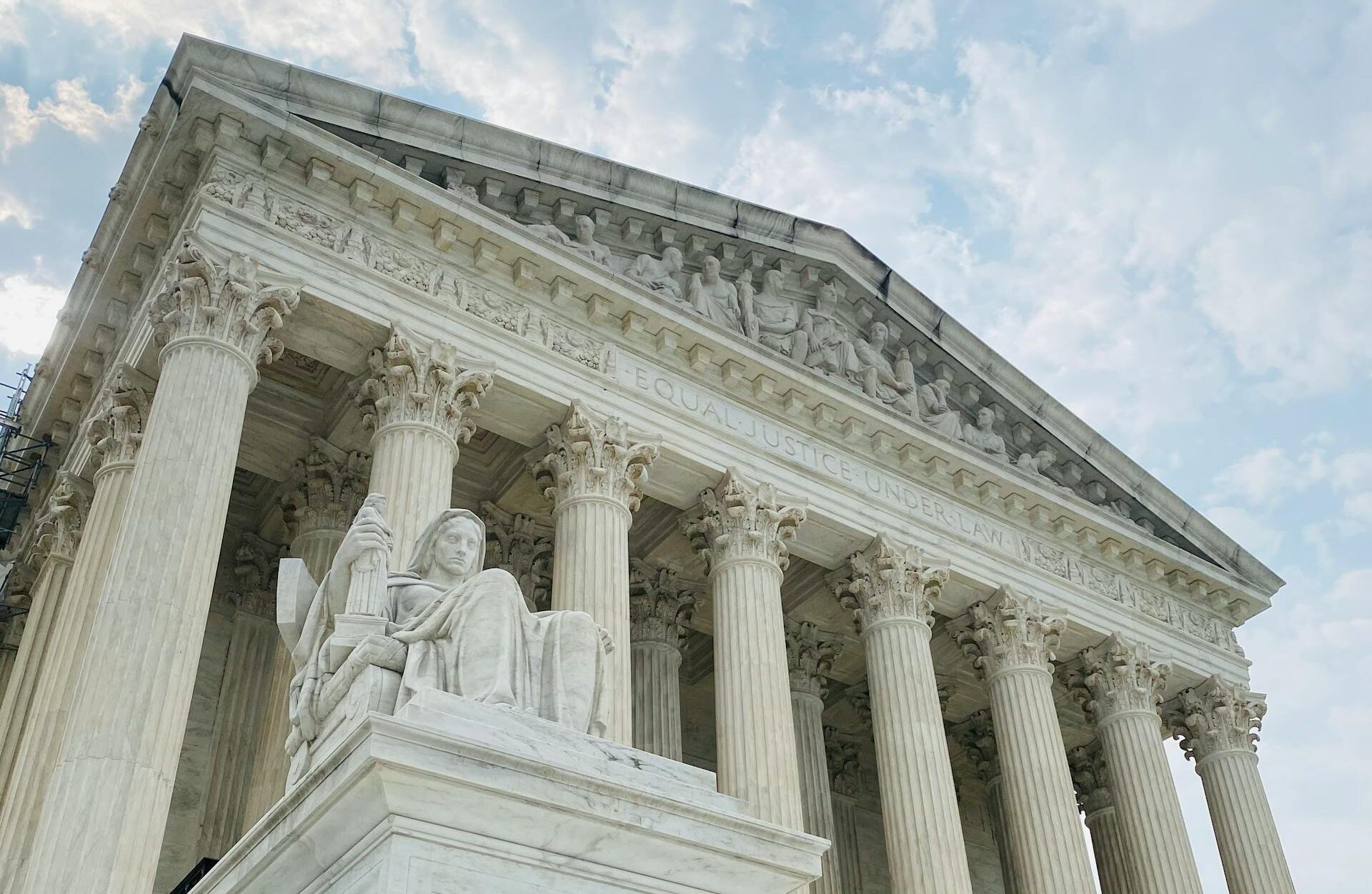
Special Update: Supreme Court Ruling on Chevron
The Supreme Court’s 6-3 ruling on Friday, June 28th 2024, effectively overturned a 1984 decision colloquially known as “Chevron.” This 40-year precedent directed courts to defer to a federal agency’s interpretation of laws passed by Congress that are ambiguous, so long as the agency’s interpretation is reasonable.
What is the Chevron Doctrine?
Chevron, U.S.A., Inc. v. Natural Resources Defense Council, Inc. is a landmark Supreme Court decision that centered on the Environmental Protection Agency’s (EPA) interpretation of the Clean Air Act Amendments of 1977. In a 6-0 unanimous decision, the Supreme Court held that when a statute is ambiguous, courts should defer to the reasonable interpretation of the administrative agency charged with implementing the statute. This principle became known as the “Chevron deference.” Although at the time it was not considered as a particularly substantial decision, this ruling eventually became one of the most important decisions in federal administrative law and provided future administrations wide power to issue stronger environmental rules. Chevron has been the basis for upholding thousands of federal regulations in the 40 years since the Supreme Court made their landmark decision.
The Court’s Decision
Two related cases, Loper Bright Enterprises v. Raimondo and Relentless v. Chamber of Commerce, were initiated by herring fishermen challenging a federal regulation issued by the National Marine Fisheries Service. The agency’s policy required them to pay $700 per day to carry federal monitors on their vessels.
These cases raised a broader question: Whether the Supreme Court should overturn the 1984 Chevron decision. In a 6-3 decision, the Supreme Court overturned the Chevron decision and ruled that courts no longer need to defer to federal agencies’ interpretation of the laws.
In the opinion, Chief Justice John Roberts said courts “must exercise their independent judgment in deciding whether an agency has acted within its statutory authority.” The court’s holding was based on the determination that the Chevron doctrine was inconsistent with the Administrative Procedure Act, which provides the procedures for federal agencies to follow.
The Administrative Procedure Act states that courts should interpret statutes, which directly contradict the Chevron decision. Chief Justice Roberts indicated that the decision to overrule Chevron would not require earlier cases relying on Chevron doctrine to be overturned; however, going forward it is likely to have far-reaching effects across the federal government by allowing courts to interpret federal regulations without deferring to federal agencies.
Impact
Overturning the 40-year precedent greatly reduces the regulatory power of government agencies. This decision effectively shifts authority away from the executive branch and Congress, giving more power to the courts in interpreting laws and regulations. On one side, supporters of the Chevron deference argue that this grants the courts too much power and creates an imbalance of powers. The Biden administration has defended the Chevron decision and feared overturning it could destabilize the legal system. However, on the other hand, many people argue that the Chevron doctrine allowed the executive branch too much power and that the overturning will lead to a balancing of power.
The Supreme Court’s decision is anticipated to have significant effects on federal regulations across various areas. Federal regulations have a great influence on the food we consume, transportation methods, housing, and the world around us. With the Chevron doctrine overturned, those who oppose regulations now have a more straightforward path to contest them. Regulatory agencies will likely exercise greater caution when formulating rules, making sure the intent of the rule is clear. In addition, regulations based on unclear or ambiguous language in statutes may face increased difficulty in enforcement. Overall, it is expected that this decision will likely trigger a flood of litigation against federal agencies and may impede the regulatory process.
Featured images by Phung Touch via Pexels.
Latest Posts
The Impact of SCOTUS Decision in Connelly v. United States on Buy-Sell and Estate Taxes
If you’re a business owner who’s ever set up a buy-sell agreement or taken out life insurance to help fund one, the recent U.S. Supreme Court decision in...
Understanding the Annual Gift Tax Exclusion in 2025
This article is a "plain English" draft of an article for the Bar Association of Metropolitan St. Louis. Please reach out if you would like the full...
